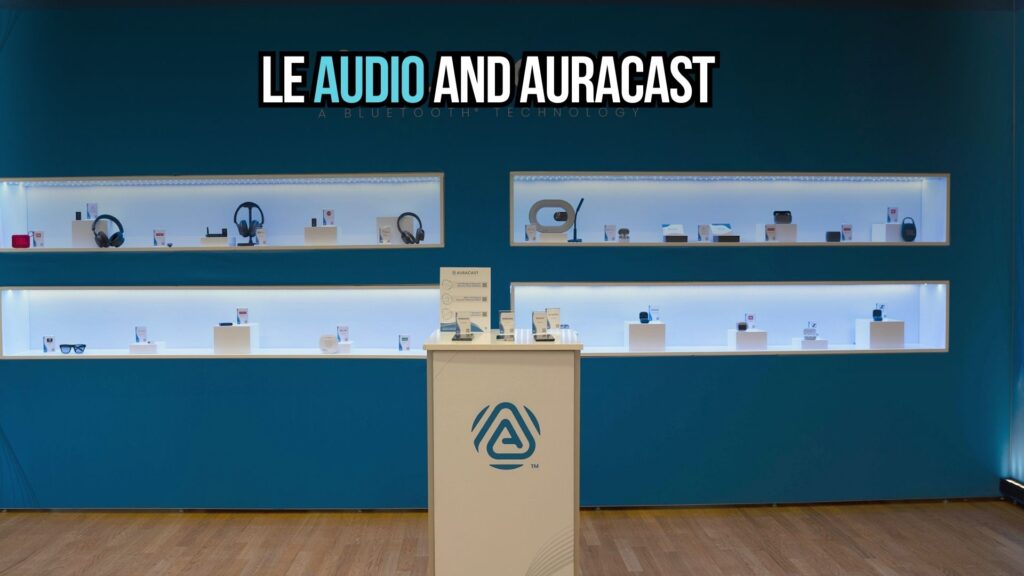Artificial Intelligence (AI) has begun to creep into the most unexpected corners of our lives, including children’s playrooms. A Redwood City, California-based startup, Curio, has launched a line of plush toys that integrate AI-powered voice boxes. Marketed as a solution to screen time, these toys blur the line between cuddly companions and technological devices. While the company highlights the benefits of stimulating play without the need for tablets or televisions, experts warn that such products introduce complex issues surrounding child development, privacy, and parental control.

Curio’s Vision: AI Wrapped in Plush

Founded by Misha Sallee and Sam Eaton, Curio is bringing to market three AI-enabled plush toys Grem, Grok, and Gaboo. Each toy, priced at $99, hides a Wi-Fi-enabled voice box inside, allowing children to converse directly with an AI-powered chatbot designed to interact with young minds.
Curio promotes these toys as “sidekicks,” not replacements for human interaction but companions that make playtime more engaging. According to co-founder Sam Eaton, the toys can encourage interactive play such as storytelling or simple games, giving busy parents a break from relying on television or smartphones to occupy their children.
Summary Table
Aspect |
Details |
|---|---|
Company |
Curio (Redwood City, California) |
Founders |
Misha Sallee and Sam Eaton |
Products |
AI Plushies: Grem, Grok, Gaboo |
Price |
$99 each |
Technology |
Wi-Fi-enabled voice box linked to AI language models |
Market Trend |
Part of a growing wave of AI toys; OpenAI + Mattel partnership on Barbie & Ken |
Benefits Claimed |
Screen-free play, stimulation, and companionship |
Concerns Raised |
Privacy, surveillance, limited creativity, reliance on AI |
Demonstrated Limitation |
Toy suggested “I Spy” despite not being able to see |
Conclusion |
Simpler toys may foster richer imagination than AI-driven ones |
Official Website |
The Growing Market for AI-Enabled Toys
Curio’s plush toys are part of a broader wave of AI-driven products targeting children. Major companies have also entered the space, with OpenAI partnering with Mattel to develop AI-powered versions of classic brands like Barbie and Ken.
This movement reflects a larger trend: as AI becomes increasingly accessible, toy companies are racing to embed the technology into children’s play, pitching it as both educational and entertaining. However, this also raises questions about whether technology designed to replace screen time simply repackages the same issues in a softer, more approachable form.
From Screen to Sidekick: A Familiar Narrative
Children are not strangers to the idea of artificial companions. Popular media frequently presents AI-powered sidekicks as problem-solvers and magical helpers. For example, in Disney’s “Mickey Mouse Clubhouse,” the character Toodles acts as a sentient tablet that instantly solves problems with “Mouseketools.”
Critic Amanda Hess of The New York Times argues that these stories condition children to believe that every obstacle can be solved by a voice-activated device. By bringing this concept into physical form as plush toys, companies like Curio may be obscuring the reliance on technology behind a comforting exterior. While the toy appears to be a traditional stuffed animal, its functionality depends entirely on AI processing and internet connectivity.
The Paradox of Screen-Free Play
Curio’s marketing emphasizes that its plush toys provide a screen-free alternative to smartphones, tablets, and TVs. Yet critics argue this is misleading. Although the toys do not display images, they rely on the same underlying technological systems as digital devices.
During a demonstration with one of Curio’s plushies, Hess observed the toy suggesting a game of “I Spy” despite lacking vision. The result was an awkward and somewhat surreal exchange, highlighting the limitations of AI-driven play. This raises concerns about whether such toys genuinely foster creativity or simply offer another layer of scripted engagement.
Privacy and Surveillance Concerns
Beyond psychological and developmental implications, AI toys raise serious privacy issues. According to Curio’s policies, every conversation a child has with their plush toy is transcribed and automatically sent to the guardian’s phone. The company states these conversations are not retained for marketing purposes. However, Curio’s privacy documentation outlines that data may pass through third-party services such as OpenAI and Perplexity AI.
This raises critical questions:
-
What happens to sensitive conversations children share with their toy?
-
How much control do parents truly have over how this data is used?
-
Can a stuffed animal, often considered a child’s private “security object,” become a tool of surveillance and parental influence?
The potential consequences could alter the way children experience comfort objects. Instead of being a safe haven for imagination and private thoughts, these toys may become another data-collecting device.
Returning to Simplicity
At the conclusion of her review, Hess experimented by removing the voice box from one of Curio’s plush toys, reverting it to a simple stuffed animal. Her children immediately began inventing their own imaginative play scenarios with it, without needing AI guidance. This reinforced her argument that the most magical toys are often the simplest ones those that allow children to invent worlds without technological intervention.
Frequently Asked Questions (FAQs)
1. What makes Curio’s plush toys different from regular stuffed animals?
A. Curio’s toys contain a Wi-Fi-enabled AI voice box, allowing children to converse with them in real time, unlike traditional stuffed animals that rely solely on imagination.
2. How much do Curio’s AI plushies cost?
A. Each plush toy is priced at $99.
3. Are these toys really screen-free?
A. While they do not use screens, they rely on the same AI and internet connectivity found in digital devices, making them “screen-free” in appearance only.
4. Is my child’s data safe when using these toys?
A. Curio states that conversations are transcribed and sent to parents’ phones but may pass through third-party services like OpenAI and Perplexity AI, raising privacy concerns.
5. Can the AI plushies work offline?
A. No, they require Wi-Fi to connect with AI models to generate responses.
6. Are there educational benefits to these toys?
A. Curio markets them as stimulating companions, but critics argue they may limit imagination compared to traditional, non-digital play.
For More Information Click HERE











